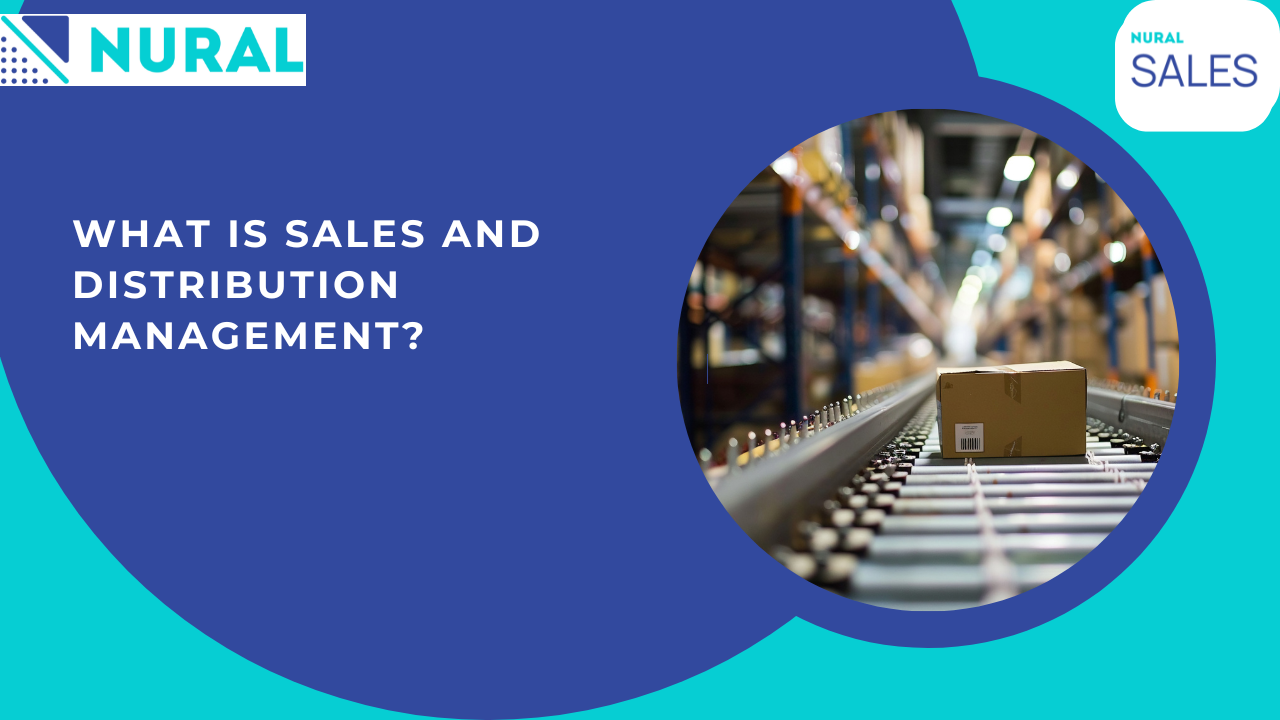
Key Takeaways:
- Sales and distribution management ensures products reach the right place at the right time.
- A Distribution Management System (DMS) gives you real-time visibility into stock levels, secondary and tertiary sales, distributor performance, and fulfilment status.
- Brands using DMS software reduce stockouts, avoid overstocking, and improve order-to-delivery turnaround.
If your sales look strong on paper but you’re still facing stockouts, delays, or patchy deliveries, your distribution system might be the problem. Sales alone don’t tell the full story.
That’s why sales and distribution management matters.
Why Is Sales and Distribution Management So Important?
It’s not just about pushing products. You have to ensure they reach the right place and time without gaps. This process tracks how your product moves, from the factory floor to the retail shelf, and finally, into your customer’s hands.
It connects your sales goals with real-world logistics. And it gives you the visibility to fix what’s not working, before it becomes a problem.
But here’s the problem: many FMCG businesses still work with siloed systemsYour sales team might be chasing targets without knowing what’s sitting in your distributor’s warehouse. Your finance team may get invoicing data days after the stock has moved. That delay can kill momentum and create massive inefficiencies.
The Pain Point: Poor Visibility and Mismatched Sales Efforts
You may have experienced this: a distributor promises delivery, but the stock isn’t available. Your field rep closes a big order, but it takes a week to fulfil. You notice mismatches between secondary and tertiary sales, but by the time you investigate, the quarter’s already lost.
This happens when sales and distribution management aren’t in sync. Without a central system, every department chases different goals with different data.
The Solution: A Unified Sales and Distribution Management System
That’s where a Distribution Management System steps in. It brings clarity across your sales and distribution channels. It offers real-time tracking of distributor inventory, order status, invoicing, and secondary sales. Thus, you get a 360° view of what’s happening.
Imagine a field sales rep placing an order through a mobile app. Your central team instantly sees the available stock, credit limit, and dispatch ETA. That’s not futuristic, it’s how smart FMCG brands are operating today.
DMS app lets you:
- Track primary, secondary, and tertiary sales in real-time
- Monitor distributor performance at a glance
- Forecast demand more accurately
- Avoid overstocking or stockouts
- Reduce manual paperwork and delays
A Hypothetical Example
Let’s say your beverage brand runs a promotion in Gujarat. Your sales team aggressively pushes retailers. But your distributor in Ahmedabad runs low on stock. Without visibility, the promotion fails halfway. Now, with DMS software in place, your team will get alerts when stock drops below a threshold and adjust their push accordingly. It saves money and brand credibility.
Final Thoughts
Sales and distribution management is no longer about just moving products. It’s about coordinated movement. In a competitive FMCG market, speed and accuracy decide who wins. The brands that get distribution right always stay ahead.
If you’re dealing with leaks, delays, or poor sales alignment, it’s time to take a closer look. Want faster deliveries and better control? Start with a system like Nural DMS, one platform to align people, process, and product flow. Enquire today!
We’d Love To Hear From You!
Drive Business Growth with Nuraltech
Empower your sales, distribution & analytics with data-driven SaaS solutions.
Schedule a Demo



